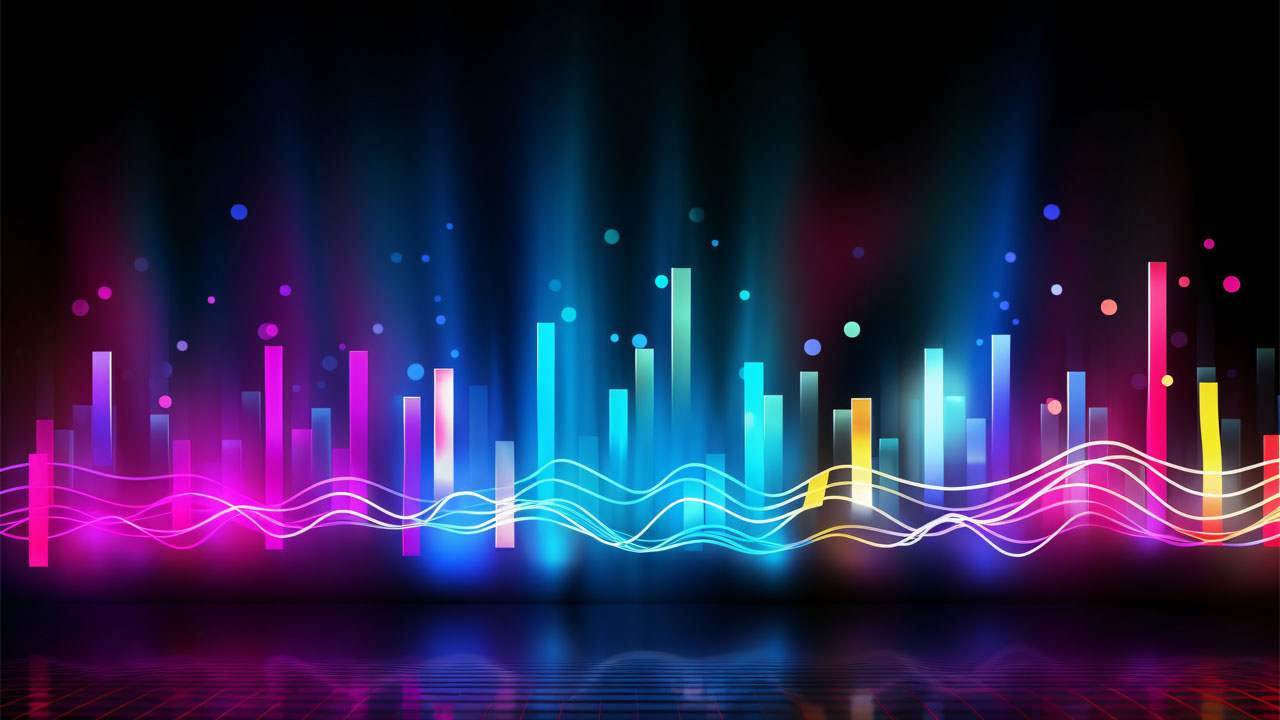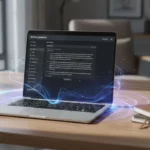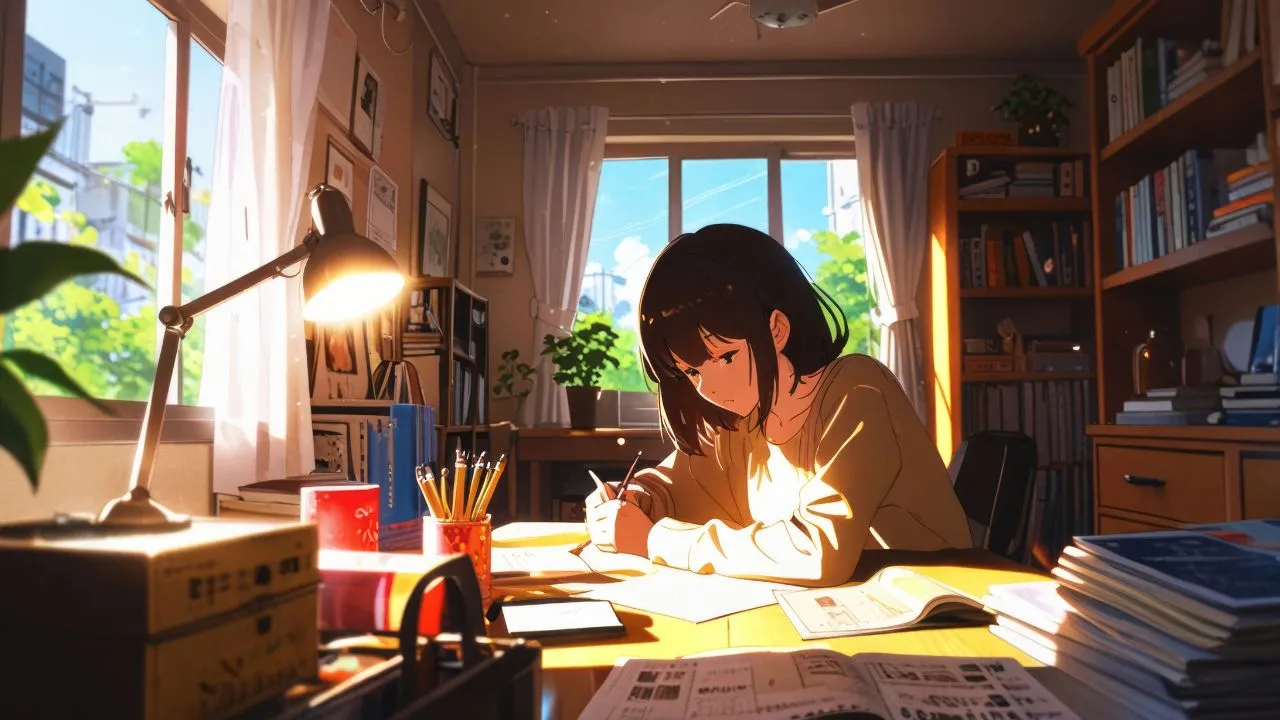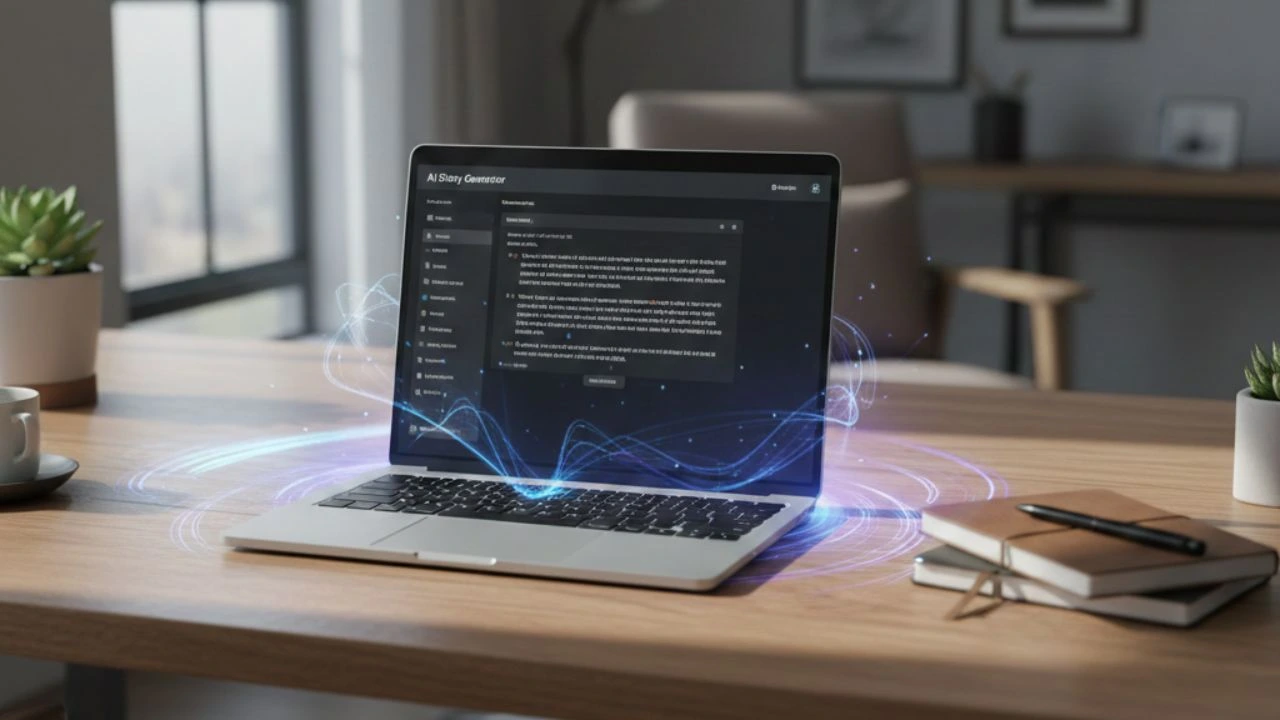In the rapidly evolving world of music production, technology continues to blur the lines between creativity and automation. One fascinating innovation is the use of text-to-speech (TTS) and text-to-song systems in music, which have become powerful tools for artists looking to explore new sonic landscapes.
For example, by converting written text into vocalizations or music, text-to-song tools open up a realm of possibilities for crafting unique musical pieces, whether it’s rap, singing, or experimental soundscapes.
Using text-to-song in music creation allows for a level of experimentation that traditional methods may not provide.
Artists can easily generate vocal tracks without the need for a human singer, making it accessible for those who might not have vocal skills or resources.
This technology can be manipulated to fit various styles, from rhythmic rap verses that mimic human flow to ethereal melodies that enhance a song’s emotional depth.
By leveraging the distinct qualities of different voices and sounds, creators can inject personality and character into their compositions, resulting in truly original works.
Using text-to-speech for music creation
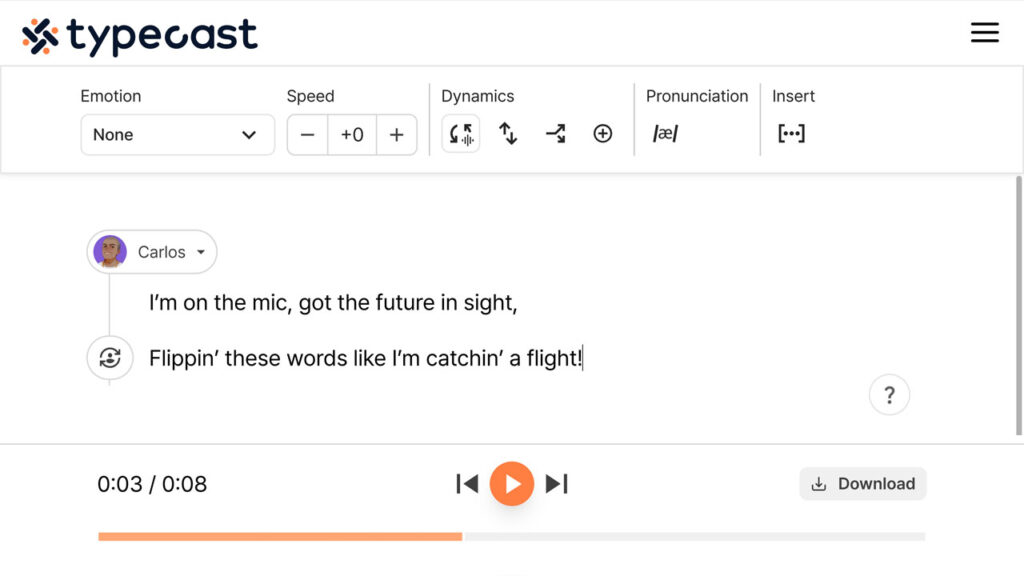
Text-to-speech (TTS) is just one of many tools within the text-to-song space that people can use to create their own vocals for music.
Platforms like Typecast enable musicians to customize their TTS outputs, offering an array of voice options and settings to tailor the sound to their vision.
By combining these tools with digital audio workstations (DAWs) and other production software, artists can layer TTS vocals over beats, harmonize them with instruments, or even create entire soundtracks.
This integration of technology in music production not only democratizes the creative process but also encourages innovation, pushing the boundaries of what music can be.
As we delve deeper into the process of making music with text-to-speech, we’ll explore practical techniques for writing lyrics, selecting the right TTS voice, and effectively incorporating these elements into your musical projects.
Whether you’re a seasoned producer or a curious beginner, the fusion of TTS technology with your musical ideas can lead to exciting new directions in your creative journey.
If you’re new to the world of text to speech then you can get up-to-date on our complete guide: How to Use AI Text-to-Speech Online here.
Using a rapper voice synthesizer to create rap vocals
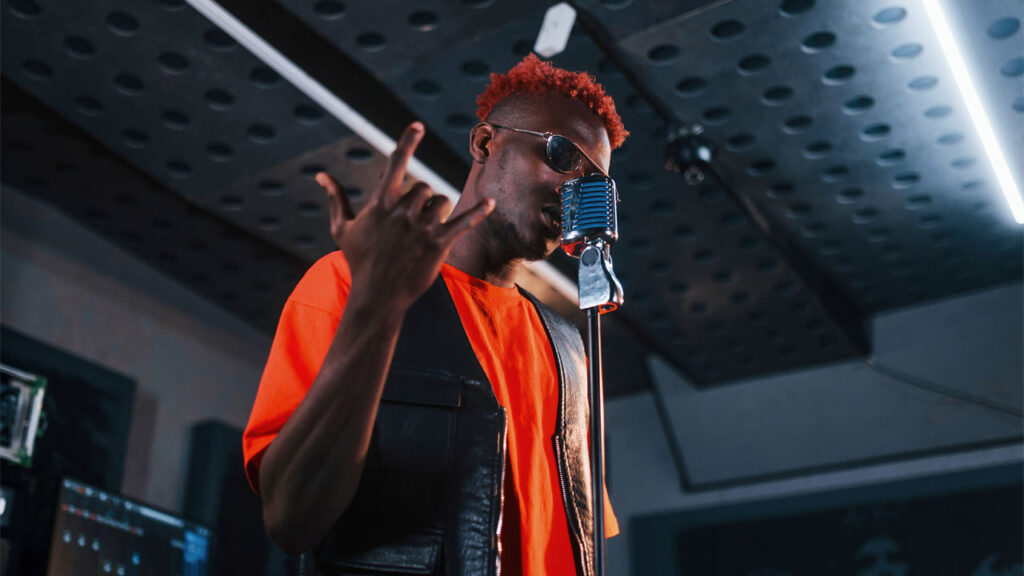
Using a rapper voice synthesizer is an exciting way to transform text into dynamic rap vocals, making it easier for aspiring musicians and producers to create unique tracks without needing extensive vocal skills.
These synthesizers leverage advanced AI technology to mimic the distinctive cadence, tone, and style of rap artists, allowing users to input lyrics and generate a vocal performance that captures the essence of rap music.
One of the primary benefits of using a rapper voice synthesizer is accessibility. Artists who may not have traditional vocal training can still produce high-quality rap tracks, opening up opportunities for creative expression.
Additionally, these tools often come equipped with various vocal styles and effects, enabling users to customize their output and experiment with different sounds.
For those interested in diving deeper into this innovative technology, check out our rapper voice synthesizer how-to guide to get a more comprehensive exploration of how these tools work and tips on maximizing their potential in your music production.
AI singing voice generators
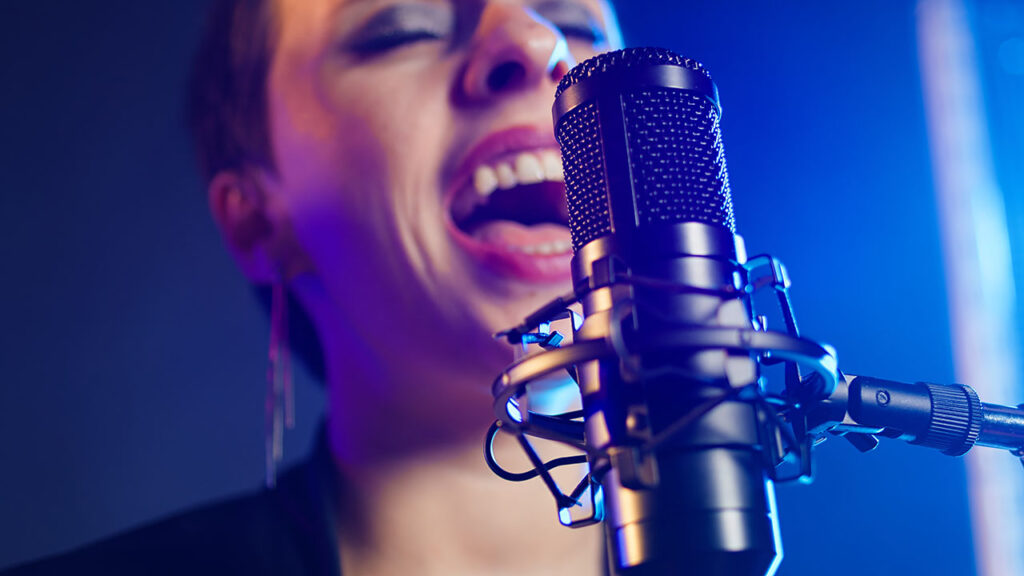
Turning text into song has become increasingly accessible thanks to advancements in artificial intelligence and AI singing voice generator technology.
This innovative process allows anyone—regardless of musical training—to transform written words into melodies and compositions.
By using AI-powered tools, users can input their lyrics, poems, or even prose, and have them converted into engaging musical pieces, making it an exciting option for creators looking to explore new forms of expression.
AI singing voice generators analyze the emotional tone and mood of the text, crafting melodies that resonate with the intended message.
This technology not only enhances creativity but also allows for customization, enabling users to choose different styles and vocal characteristics.
Whether for personal projects, social media content, or professional music production, the potential applications are vast.
The use of Vocaloids in music online and globally
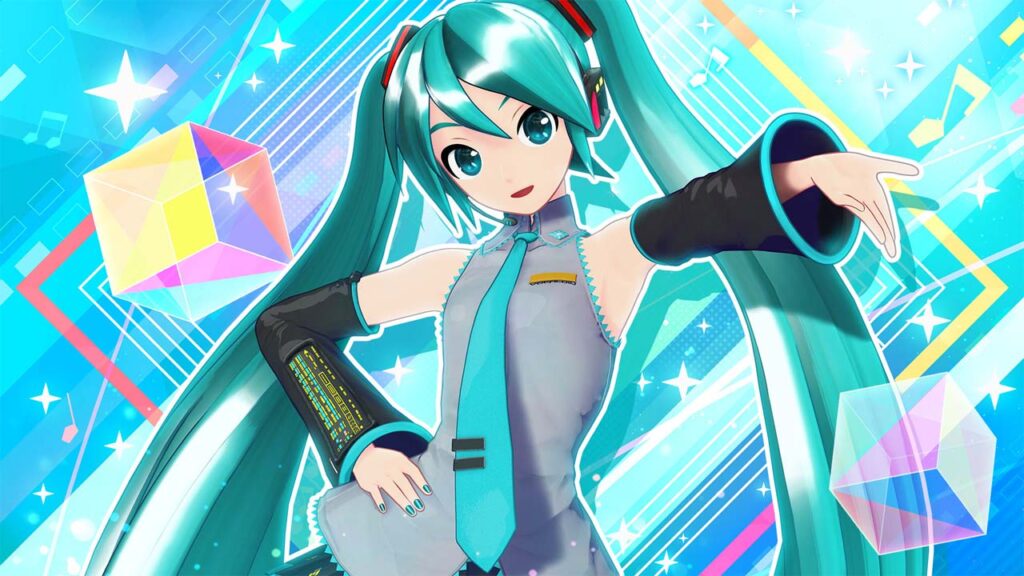
Arguably one of the very first commercial text-to-song software. The use of Vocaloids in music has gained immense popularity both online and globally, revolutionizing the way artists create and produce music.
Vocaloids are voice synthesizers that allow users to generate singing by inputting melodies and lyrics.
With a range of distinct vocal characters—often designed with unique personalities—Vocaloids have captured the attention of musicians, producers, and fans alike, fostering vibrant online communities dedicated to their music.
These digital singers are especially prominent in genres like J-Pop and electronic music, with notable examples like Hatsune Miku becoming cultural icons.
The flexibility and creativity offered by Vocaloids enable artists to experiment with various styles and collaborate with fans, leading to a diverse array of musical expressions.
Their influence extends beyond Japan, inspiring a global movement where creators utilize these tools to bring their imaginative concepts to life.
For those looking to understand the nuances of text-to-song within Vocaloids further, including how they differ from other voice technologies, check out our blog about the difference between Vocaloid and TTS.
K-pop deepfakes
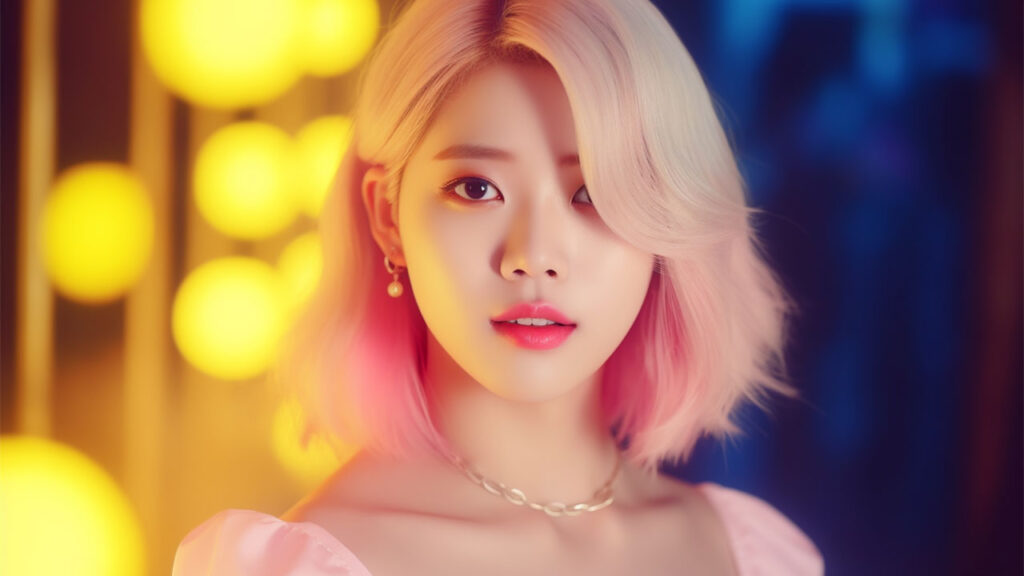
K-pop deepfakes have emerged as a fascinating and controversial phenomenon within the music industry, blending technology and artistry in unprecedented ways.
Utilizing advanced AI algorithms, these deepfakes can create hyper-realistic simulations of K-pop idols, generating videos where virtual performers appear to sing and dance just like their real-life counterparts.
This innovative approach has captured the interest of fans and creators alike, leading to a surge in deepfake content across social media platforms.
The ability to produce lifelike performances has sparked discussions about the future of K-pop, including the potential for entirely virtual girl groups.
These AI-generated idols can engage with fans and participate in promotional activities, blurring the lines between reality and digital creation.
While the technology raises questions about authenticity and the ethics of using deepfakes in entertainment, it also opens doors for creative expression and new business models in the music industry, especially if paired with additional text-to-song software.
For those wondering if K-pop deepfake girl groups can actually sing, we’ve got an article about that too, and the overall conclusion may surprise you.
